Music is a well-known point of connection for cultures, groups and individuals – a language that brings us together whether that’s via traditions, shared experiences or taste. But in our day-to-day, it often keeps us from the noise of the surrounding city or the conversations that can be overheard at bus stops and on sidewalks. With headphones in, we often tune out the world around us, but for Musicity, their objective is to do the exact opposite.
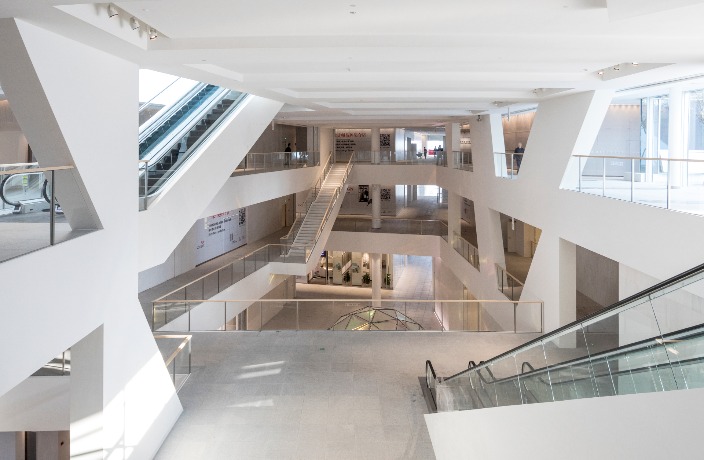
Photo of Design Society in Shenzhen, courtesy of the British Council
In 2010, British DJ and producer Nick Luscombe founded the company in the hope of creating a new space for music in the public art sphere. At the time, physical works were popping up all over the city in response to the architectural and natural landscape, and Luscombe believed he could translate that same principal to sound. He invited musicians to write songs for specific buildings that could only be unlocked at the physical space it was written for — download the app, allow it to access your location, and you in turn, get access to the track. Over time, you can uncover a full album, and whether or not the buildings remain, you always have access to what once was.
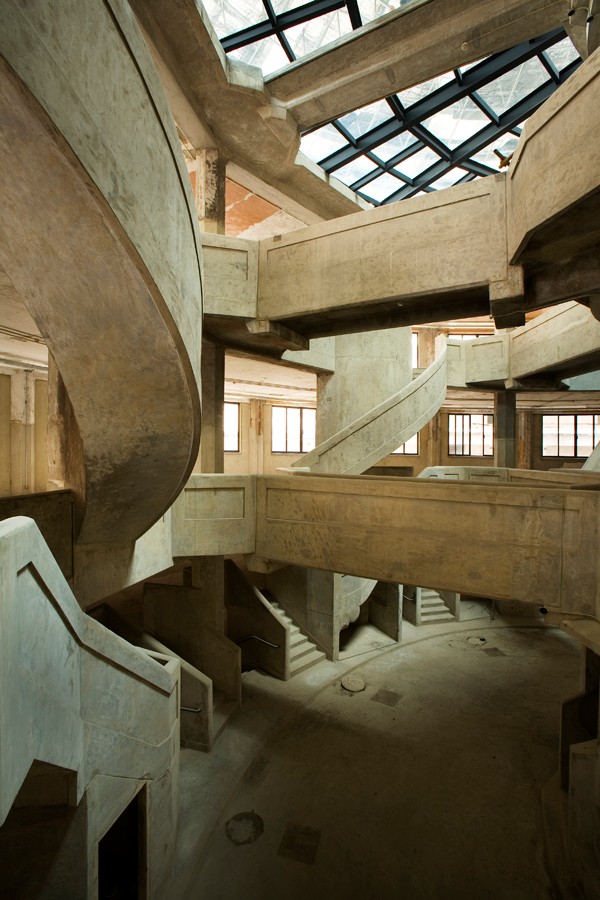
Photo of 1933 Building in Shanghai, courtesy of the British Council
Earlier this year, Beijing, Shanghai and Shenzhen made their names onto Luscombe’s project list, and until the end of December, in each city you can visit these different sites and unlock a new kind of metropolitan soundtrack via a WeChat mini program. With 21 locations in total, the buildings include everything from the Baitasi Hutong Gallery and the Serpentine Pavilion in the capital, to Sinan Books and the 1933 Shanghai building, all the way to newer developments like the southern coastal city’s Tencent Seafront Towers, Design Society museum building and one of the last-remaining fishing harbors in Shekou. Old and new alike, they vary greatly in style, surroundings and historical context comprising a variety as diverse as the developing urban areas.
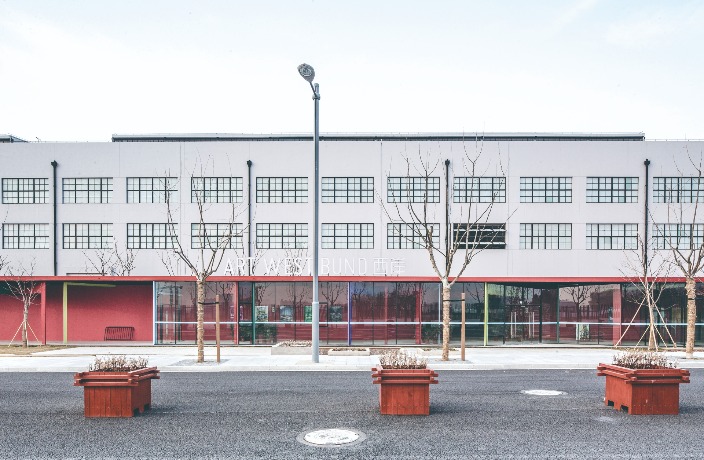
Photo of West Bund Art and Design Center in Shanghai, courtesy of the British Council
“Translating a building into music… a physical structure, it’s not easy to do,” Han Han, the front man for Duck Fight Goose tells us. A prominent figure in the experimental rock and electronic scene, Han Han was one of four locally-based artists on the Shanghai project, writing and recording the song ‘Metamorphosis’ in response to the West Bund Art and Design Center. The four-minute, 25-second song is filled with metallic reverberations like one might hear within the hollowed out, former aircraft manufacturing plant. About a minute in, a melodic, modified piano-like sound introduces something that feels much more like a story or traditional narrative, albeit a futuristic one. While grounded in the physical space, there’s something open and fluid about the song, suggesting a story with no fixed plot or particular setting – where the building itself is the only concrete character. The West Bund Art and Design Center’s landscape is constantly shifting, as are its contents, a concept that can be felt in the instability of ‘Metamorphosis.’ But the perpetual development of the area was not unique to Han Han’s specific task.
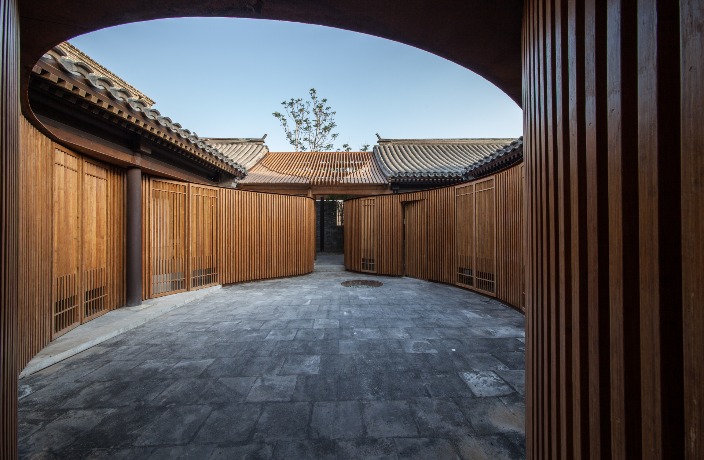
Photo of Da Mo Chang in Beijing, courtesy of the British Council
The theme “Urban Regeneration” serves as an umbrella over all three of the cities, inspired by the constant changes and repurposing of their respective histories. It’s for this reason Luscombe partnered with the British Council here in China to orchestrate the project. “The Chinese musicians are based in the city in which they’re writing and producing, and in Shanghai, Beijing and Shenzhen, there is one building whose music was composed by both a Chinese musician and one from the UK, where they had to work together on the track,” a representative from the British Council explains.
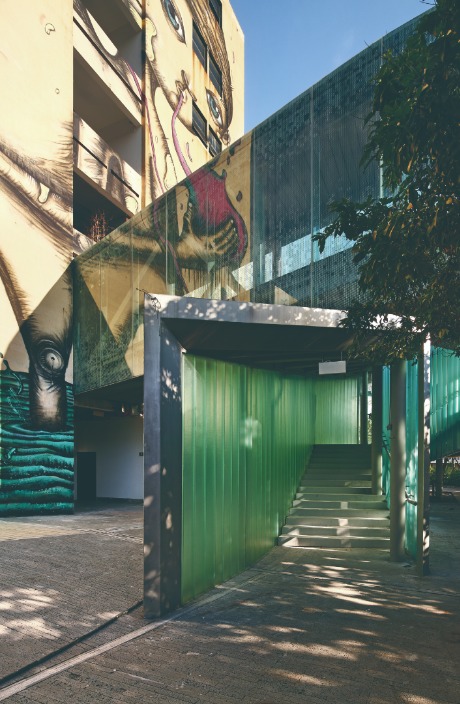
Photo of OCT Loft in Shenzhen, courtesy of the British Council
While many of the tracks veer towards electronic soundscapes, there are clear distinctions between them – whether that comes from Abi Wade’s cello or Zhang Meng’s traditional sheng wind instrument. The variation in representation and the collaborative process that took place within each city doesn’t set to define the buildings or their roles within the space, but to offer a possibility as to what they once felt and looked like, to a group of people who took the time to put it to sound. Beijing was once known exclusively for its hutongs, temples and palaces, but has since become a skyline integrated with mirrored office buildings and architectural feats like the Beijing National Stadium. Shanghai’s developing West Bund arts district has seen many large industrial spaces converted into galleries and museums, like the Power Station of Art. Shenzhen, as the newest, is a city of constant, consistent growth. Each illustrates unique and vastly different metropolitan narratives in China’s rolling history, and while these buildings might not always be there, the musical memory of them in the fall of 2018 will remain.
To learn more and see the full list of locations, visit musicityglobal.com
Cover photo of iFactory in Shenzhen, courtesy of the British Council.
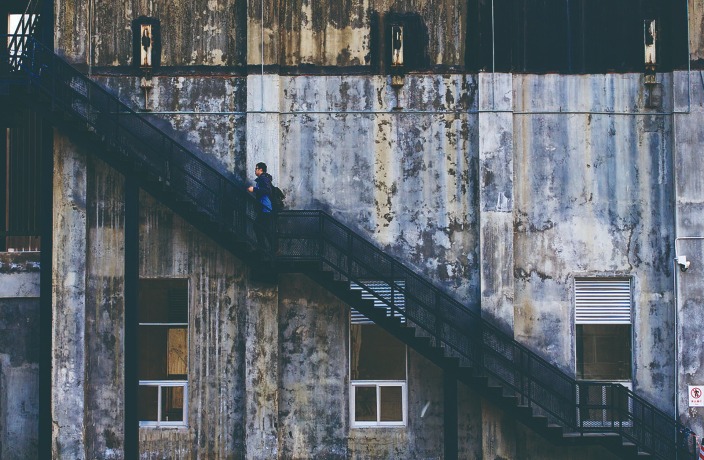





















0 User Comments